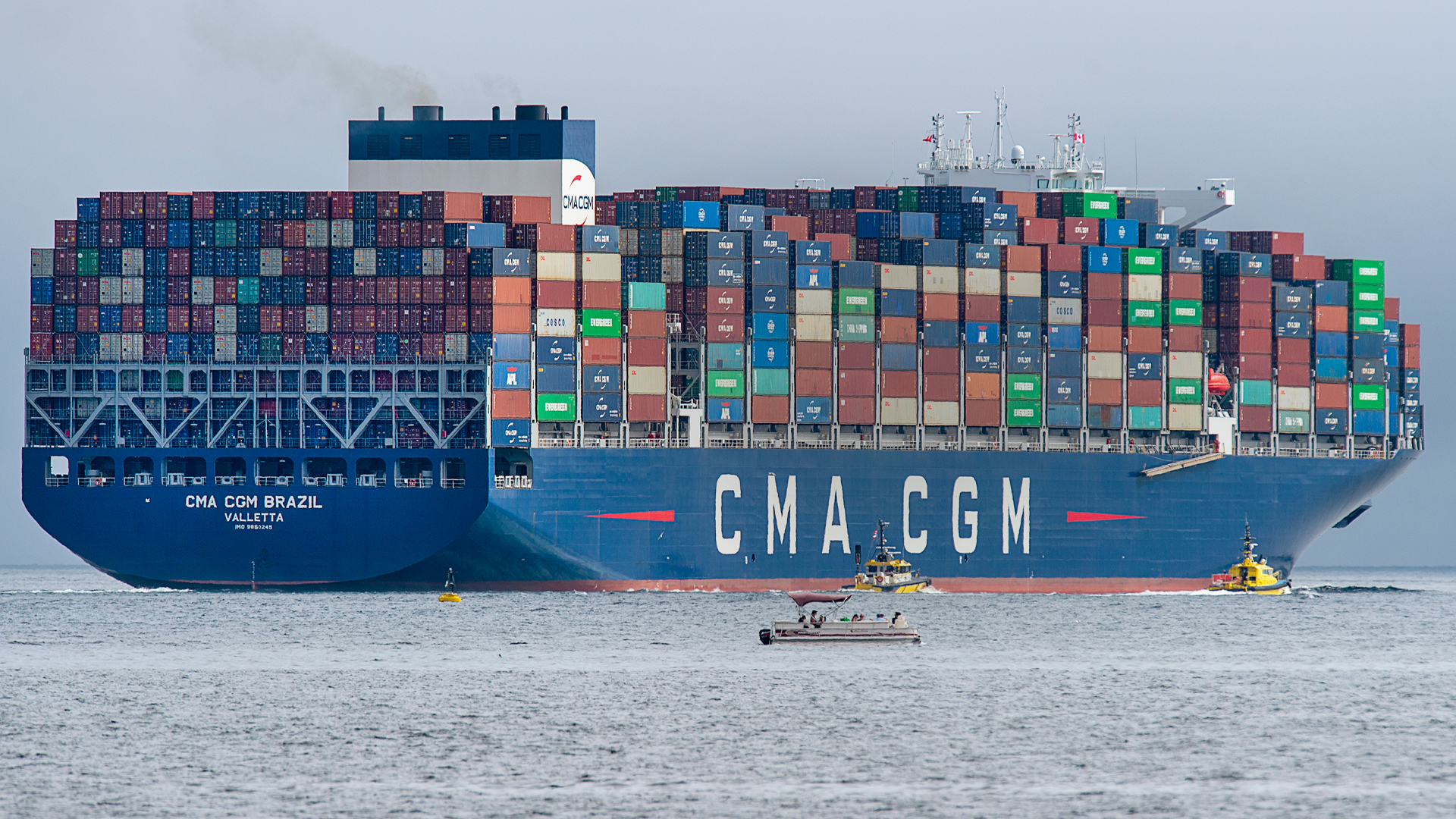
The inability to secure sufficient personal protective equipment (PPE), including ventilators and masks at the height of the COVID-19 pandemic highlighted Canada’s reliance on other countries for critical supplies. These shortages resulted in calls to roll back global supply chains for PPE and a number of other items in short supply, ranging from vaccines to sofas and other household goods. In other words, let’s make these products in Canada, so that they will be available when we need them.
With these calls, there will be a virtual line at the door of the minister of innovation, science and industry from firms hoping for more protection for their industry in the name of the national interest – and the opportunity for enhanced profits. Ensuring a Buy Canada-only model for manufactured goods will end up costing Canadian consumers more and hurt our economy even more in the long run. We have learned a great deal from the negative implications of such protectionism in other industries, and Canada must not implement such misguided policies in a new set of industries. Once these policies are implemented, they are very difficult to undo.
As global protectionism grows, Canada must look for new ways to operate
Canada’s economy is already characterized by significant levels of protectionism. Studies from a wide range of sources, including the Bank of Canada, highlight the significant costs that such protectionism has on the economy. Higher prices, which are then transferred to consumers from firms within protected industries, are often the end result. Just think of telecom, banking, air transportation and supply management, where there are significant restrictions on foreign participation. Protectionism in these industries has resulted in restricted supply, reduced variety, and significantly higher prices.
These restrictions also slow productivity growth, creating a drag on the economy. Given that these industries provide essential services to virtually every company operating in Canada, when they are not operating efficiently, these problems get magnified across the economy
Firms in other industries that require these essential products are forced to buy from the artificially limited range of domestic producers, not only at higher prices, but lower quality, lower variety, and limited in their sophistication. These restrictions limit productivity and innovation, reduce employment in Canada, and limit the ability of Canadian firms to compete in the global economy. The main conclusion from research at the Rotman School of Management is that such restrictions on foreign entry cost the Canadian economy a whopping $10 billion every year.
In the case of PPE, using a blunt instrument such as protectionism is misguided. Requiring that production occur within Canada will result in significant costs for a relatively uncommon event. Economic behaviour dictates that unrestricted, Canadian institutions and individuals will buy masks and other such products at the lowest prices available within the market, controlling, of course, for quality. Comparative advantage has demonstrated that Canadian and U.S. firms cannot compete against imported products in this area.
For example, data from the U.S. show that the cost of imports for protective equipment is significantly lower than equipment that is domestically made. If Canadians are to buy Canadian-made masks, they will end up paying more. When you think of the amount of all protective equipment used each day across Canada, this would add up to tens of billions of dollars for business and consumers.
To implement this policy, the federal government would need to tax imports, impose quotas or in some cases outright restrict imports. In other words, forcing Canadians to buy Canadian-made products would require government intervention. Incumbent manufacturers would then reap the benefits at the expense of Canadian consumers, resulting in yet another industry being shielded from foreign participation.
Rather than pursuing such an economically damaging policy, it is well-advised to think more strategically and develop truly resilient supply chains. Resilience is the capacity to recover quickly from difficulties. Indeed, one may argue that the supply chains of Canadian firms were quite resilient to the pandemic shock. In a few months, manufacturers in Canada repurposed their production facilities to produce products that were badly needed and supplied PPE to the Canadian health-care sector. The question should be: Can we do better in the event of a similar shock? This requires two components.
Secure Canada’s critical drug supply with domestic manufacturing
Is this Canada’s last chance to revive manufacturing and long-term prosperity?
First, resilience needs flexibility built into production processes, enabling manufacturers to repurpose quickly and efficiently. Governments should work with manufacturers to develop contingency plans to repurpose their facilities in such rare moments of national emergency. Having these plans in place will make a “pivot” smoother, timelier and far more effective.
Second, governments could develop stockpiles of products that are deemed critical. These stockpiles should be sized to cover the period required until repurposing of manufacturing is achieved or new suppliers are identified. In procuring supplies for these stockpiles, governments would not favour Canadian firms, but would rather seek a combination of the best value available in the market and supplier diversification. While diversification would not have solved of all the COVID shortages, it certainly would alleviate some of the challenges in future.
We need to build upon the resilience that Canadians and the Canadian economy showed in the last 18 months, not impose protectionist measures. The government should foster the development of truly resilient supply chains: ones that are able to adjust when hit in unexpected ways.













